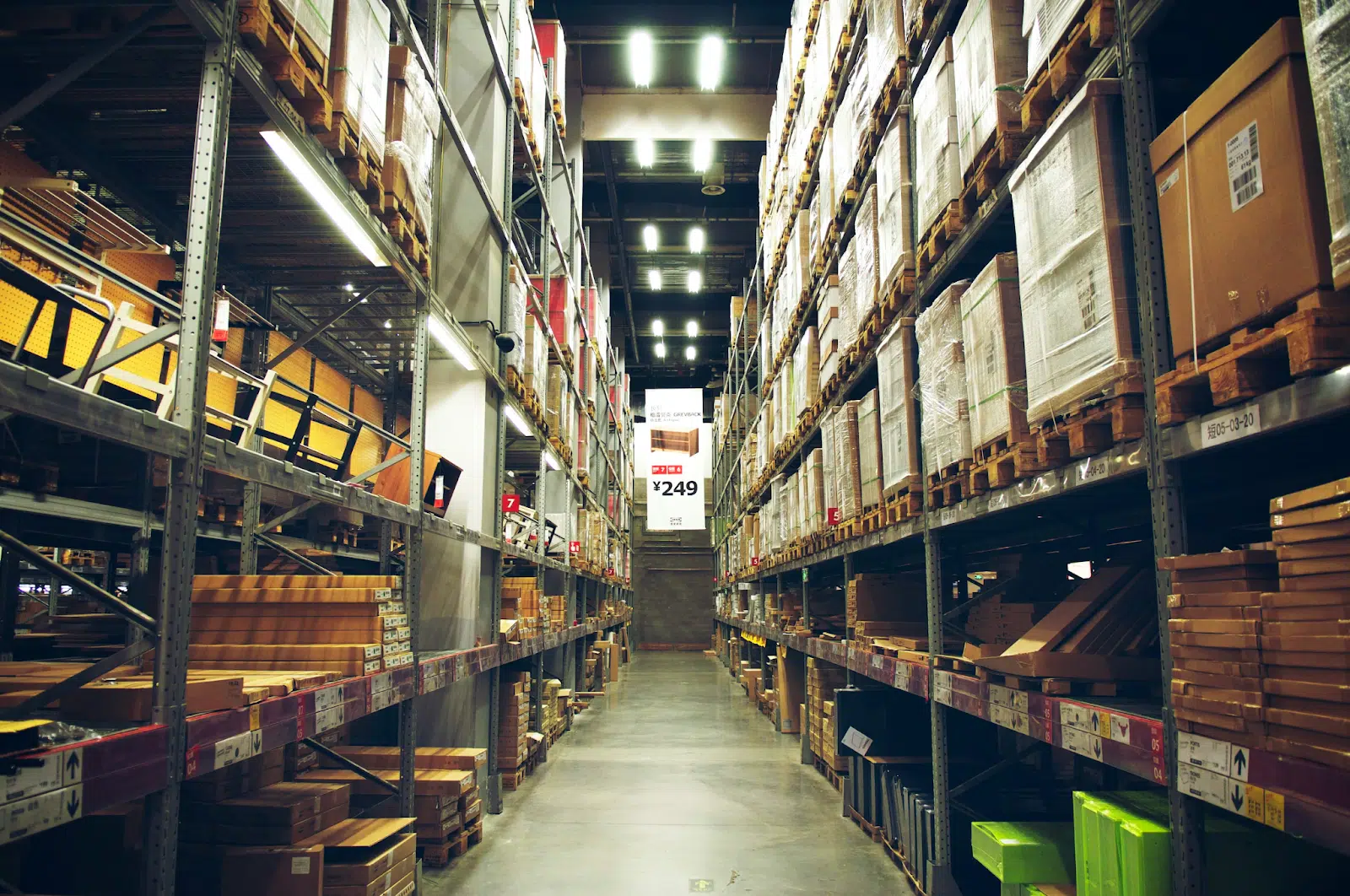Effective warehouse management is paramount for businesses, ensuring the smooth and efficient flow of products from storage to delivery. In this comprehensive guide, we will delve into various aspects of warehouse optimization, ranging from efficient storage solutions to quality control processes. By implementing these strategies, warehouses can not only improve their productivity and cost-efficiency but also enhance safety standards, which ultimately results in a significant boost to their bottom line.
Efficient Storage Solutions
Optimizing storage is the cornerstone of a well-organized and efficient warehouse. It involves implementing various techniques and systems that make the most of available space while allowing for easy access to inventory. High-density racking systems, automated storage and retrieval systems (AS/RS), and vertical storage solutions are among the efficient storage options. These solutions are designed to maximize space utilization, ensuring that every square foot of the warehouse is put to productive use. By streamlining storage, warehouses reduce the time and effort required to locate and retrieve products, thereby improving overall operational efficiency.
Workflow Optimization
Warehouse workflow optimization revolves around analyzing and improving the movement of goods and information within the facility. It is about creating streamlined processes that minimize bottlenecks, reduce handling times, and enhance overall operational efficiency. Workflow optimization efforts often include redesigning the layout of the warehouse, automating repetitive tasks, and making improvements in resource allocation. Such optimization ensures that products flow seamlessly through the various stages of the warehouse, from receiving to storage and order fulfillment, resulting in a more agile and responsive warehouse operation.
Find Layer Picker Solutions
Find Layer Picker Solutions, also known as layer picking systems, are an innovative addition to modern warehousing. These systems offer a highly efficient way to handle large volumes of mixed-SKU pallets. Automated layer pickers are capable of extracting entire layers of products from pallets, reducing the need for manual labor. This not only significantly increases the speed of order picking but also enhances picking accuracy. You can find out more about how these systems are valuable for high-throughput distribution centers, where the need for speed and accuracy is paramount. By integrating these solutions, warehouses can keep pace with the demands of a fast-paced supply chain environment while reducing labor costs.
Inventory Management Systems
Inventory management is at the heart of warehouse efficiency. Effective inventory management ensures that stock levels are accurate, minimizing the risks of overstock or stockouts. By implementing modern inventory management systems such as warehouse management systems (WMS) and inventory control software, warehouses gain real-time visibility into their inventory data. This visibility allows for precise control over stock levels, order fulfillment optimization, and demand forecasting. Moreover, it ensures that products are readily available when needed, contributing to improved customer satisfaction and reduced carrying costs.
Staff Training and Engagement
Well-trained and highly engaged warehouse staff are essential for the success of any operation. Investing in staff training not only ensures the safety of employees but also increases overall efficiency and productivity. Training programs should encompass safety procedures, equipment operation, and efficient picking and packing methods. An engaged workforce is more likely to take ownership of their tasks, which results in fewer errors and a higher level of accuracy. Additionally, a well-trained staff can quickly adapt to new technologies and processes, further enhancing operational efficiency.
Safety Measures and Compliance
Implementing comprehensive safety measures and complying with industry regulations are essential to protect employees and minimize downtime caused by accidents or injuries. Safety measures encompass various aspects of warehouse operations, including proper equipment maintenance, safety training programs, ergonomic workspace design, and the use of personal protective equipment (PPE). A safe work environment not only preserves the well-being of employees but also contributes to a more efficient and productive workforce.
Technology Integration
The integration of advanced technologies plays a pivotal role in modern warehouse management. Technologies such as radio-frequency identification (RFID) tracking, Internet of Things (IoT) devices, and automation solutions have the potential to revolutionize warehouse operations. RFID tracking, for instance, offers real-time visibility into inventory movement, reducing the time required to locate products. IoT devices monitor equipment health, enabling predictive maintenance that minimizes downtime. Automation streamlines order fulfillment processes, increasing throughput and reducing labor costs. Integrating these technologies empowers warehouses to stay competitive, agile, and responsive in an ever-evolving logistics landscape.
Quality Control Processes
Quality control processes are essential to ensuring that products leaving the warehouse meet the desired standards. Implementing stringent quality control checks and inspections at various stages of the warehouse process helps identify and rectify issues before they reach customers. This not only enhances customer satisfaction by reducing the chances of receiving defective products but also minimizes returns and associated costs. Quality control processes are particularly important when dealing with perishable goods or products with specific quality standards.
Efficient warehouse management encompasses a wide range of strategies and technologies that collectively contribute to increased productivity, cost-efficiency, safety, and overall operational excellence. By focusing on efficient storage solutions, streamlined workflows, innovative layer picker systems, advanced inventory management systems, well-trained and engaged staff, robust safety measures, technology integration, and stringent quality control processes, warehouses can create a competitive advantage in the ever-evolving logistics industry. Prioritizing these aspects not only results in a more efficient and profitable warehouse operation but also ensures the satisfaction of customers and employees alike, setting the stage for long-term success in the dynamic world of warehousing.
Lucas Noah, armed with a Bachelor’s degree in Information & Technology, stands as a prominent figure in the realm of tech journalism. Currently holding the position of Senior Admin, Lucas contributes his expertise to two esteemed companies: OceanaExpress LLC and CreativeOutrank LLC. His... Read more
